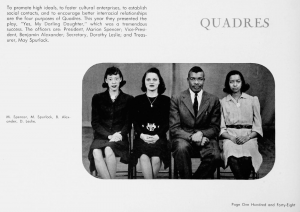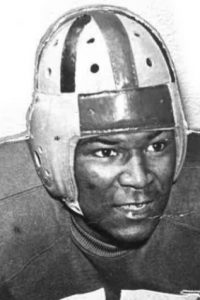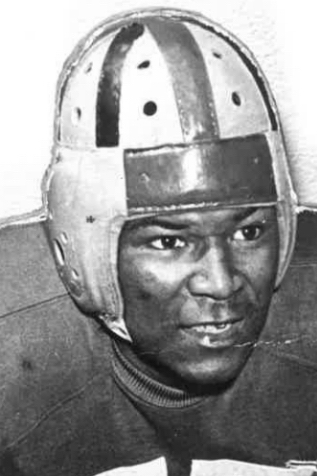By: Teresa Szczecinski, Logan Miller, McKayla Krause, Benjamin Kilgallon
Many don’t know that back in the 1930s-40s, UC had a civil rights movement of their own that predates the revolutionary movement that shaped the country. We’re here to tell that story through Marian Spencer, Donald Spencer, Willard Stargel’s courageous efforts to make the campus a more equal place for everyone.
Marian Spencer was one person who “led significant and successful efforts toward campus integration, inclusion and the drive for equality” during her time at the University of Cincinnati in the late 1930s. She put all her efforts into ensuring no student of color was barred from an activity, group, or program at the school. Her large part in activism on campus came with her helping found the Quadres Society alongside Donald Spencer, her future husband. However, despite her relentless efforts to strive for equality on campus, Spencer was not allowed to live in a dormitory during her time at UC. At the time, this was a standard type of segregation within universities. However, recent years have brought greater understanding of history’s mistakes and greater civil change. Societal change and realization, among Spencer’s remarkable civil rights leadership at UC and in the City of Cincinnati, greatly influenced the UC Board of Trustees in 2017 to name the newest residence hall after her. Marian Spencer’s name is now permanently etched on UC’s campus. As she was once barred from residency, this building is symbolic of change in society and is a constant reminder of her courageous and extraordinary efforts to make the University of Cincinnati equal for all.

Since the University of Cincinnati opened until the 1940s African American students weren’t allowed to be a part of Greek life, join extracurriculars, or many other political or social activities on campus this didn’t stop them from eventually starting their own society: the Quadres Society. The Quadres society was founded by Donald Spencer, Marian’s husband, in 1935. The Quadres has been referred to as “one of the three most important improvements on campus,” (Cincinnati News Record) The society was a way for African American students to finally include themselves by making their own space and were quickly making strides on campus. These accomplishments are noticed in the Cincinnati news letter by Seaton Ralls stating, “Within one more term one could venture to say that the Negro has done more and gone farther into campus activities than they have in the last decade” (Cincinnati News Record). Once the Quadres was up and running, members didn’t stop at musicals and extracurriculars, they wanted more. In 1942 the “Quadres also attempted to integrate the all-white student council by putting Willard Stargel, a popular basketball and football player, on the ballot in 1942.” On top of founding the Quadres Society, Donald also started the first fraternity to include African Americans in 1939 called Kappa Alpha Psi. These are all strides that Donald and the Quadres made in order to make UC a more inclusive environment for people of color.

In December of the 1946-1947 school year football season, African American student Willard Stargel was a star tight- end that was forced to sit out out two games against southern universities due to fear of harassment. The student-alumni committee members reported overwhelming support from the student body on a petition to make sure players like Stargel were able to play and not discriminated against. The petition made two points, the first pleaing for contracts with southern universities there should be a clause preventing discrimination. The second point was to play more games against northern universities that honor the same no- tolerance discrimination policy. The article from the news record showed absolute disgust for the treatment of Stargel where he felt so threatened that he would sit out games in efforts to avoid violence against him. The petition was successful and given to the Board of Directors in order to communicate the school’s feelings on these games. This shows major strides towards ending discrimination on UC’s campus in the 40s.



